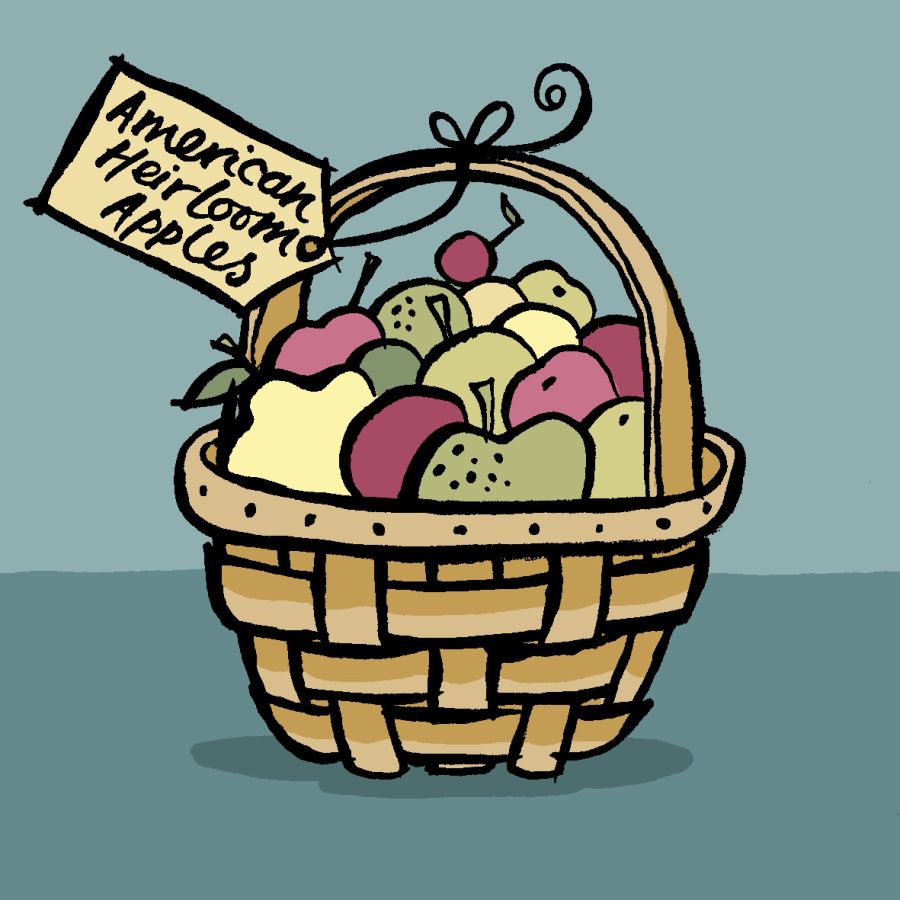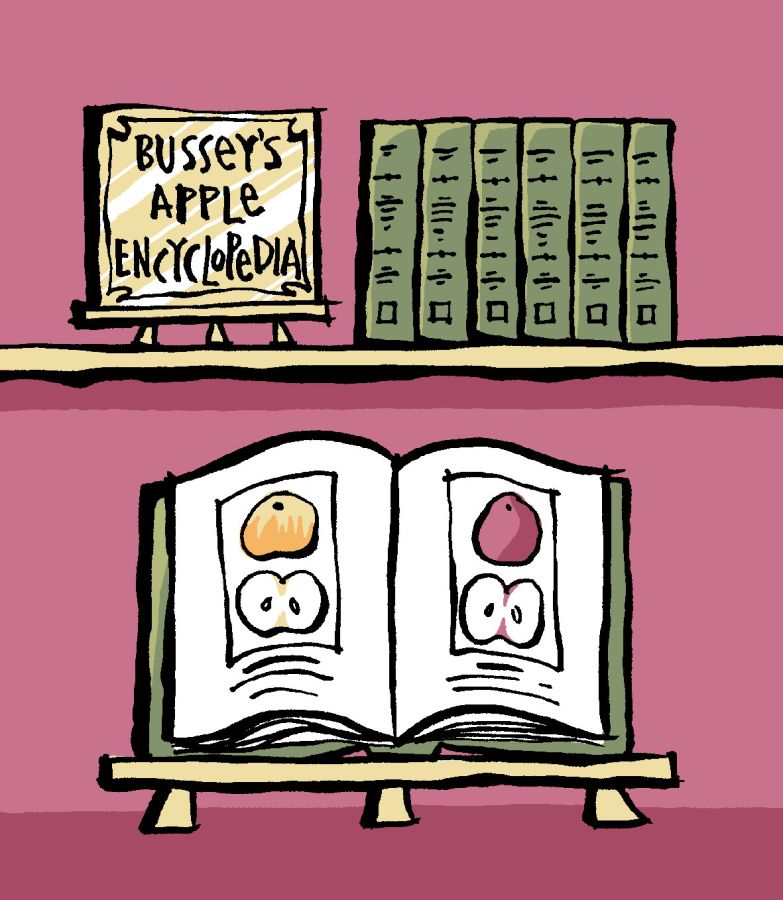Illustrations by Christine Jopling

Welcome back cider-lovers. Now that we’ve run through some key elements of the history of American heirloom cider apples, we’ll move into the present. This second installment will investigate how some of these apples are returning or have been returned to orchards around the country, who brought them back, how and why, and to what use they are being put. It will also explore the stories of some fabled ‘lost’ apples, some dramatic and remarkable recovery adventures, and the semi-secret subculture of ‘apple detectives’ and the academics who are developing new scientific methodologies to identify their finds.
This piece will also consider the contemporary ramifications of the histories discussed in Part One, and will raise questions and ideas about how everyone with a relationship to American heirloom cider apples, from academics and orchardists to cidermakers and cider drinkers, can acknowledge the parallel historical dynamics of these apples in ways that are positive and empathetic. With input from key individuals and organisations working with American heirloom cider apples, Part Two will offer a thorough and rounded picture of how they are being discovered, identified, cultivated and used in cidermaking today.


We closed off Part One thinking about the multiple forces that converged to end the primacy of cider as the most popular alcoholic beverage in America and the cultivation of heirloom apple orchards, and how these circumstances led to the loss of a substantial portion of Bussey’s 16,350 catalogued varieties. Sadly, many of these varieties are indeed gone for good – but conversely, for the very same reasons these apples were lost, some are in fact alive and well, hiding in plain sight and ripe (as it were) for rediscovery. The history of American heirloom apples is peppered with stories of the ‘ones that got away.’ Philip Schulyer (of Hamilton fame), was so protective of his homegrown cider apple variety (unnamed) that he guarded it jealously, refusing to share scions with even his closest friends. This unfortunately meant that its deliciousness died with him. Jefferson’s beloved Taliaferro, long believed to have gone the same way, is currently in the process of being reidentified by Washington State University, a huge coup for heirloom cider apple lovers and further justification to continue their hunting.
Ruvani de Silva
Become a CAMRA member today for unlimited free access plus many other membership benefits. Find out more